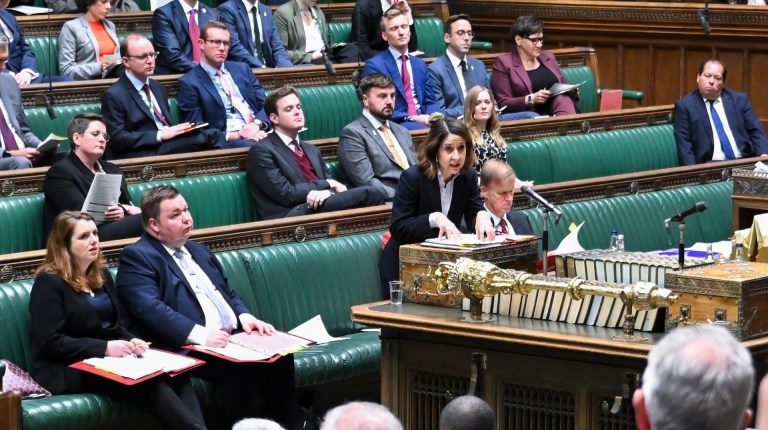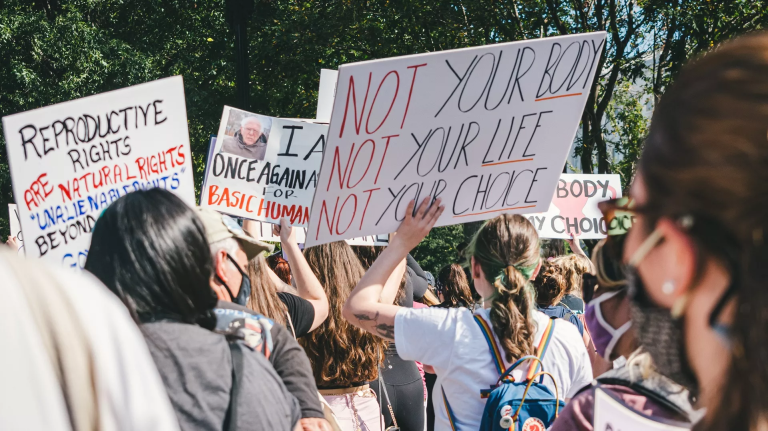The two-child limit restricts means-tested social security benefits to the first two children in a household, and in this general election campaign, it has become totemic – both of the punitive and harmful policies introduced by Conservative-led governments over the past 14 years, and of Labour’s hesitancy when it comes to championing social security.
In July last year, Keir Starmer pledged that his Labour Party would keep the two-child limit, and has since been subject to sustained critique. The two-child limit disproportionately impacts the poorest households, with three-quarters of those affected in the poorest third of households.
How can a political party claim to be serious about tackling child poverty if they are willing to restrict support to children simply because they happen to have two or more older siblings? Other parties have been bolder in this general election campaign and opposition to the two-child limit has come from often surprising quarters – not least from the Conservative’s Suella Braverman and Reform’s Nigel Farage.
- How UK’s two-child limit is trapping kids in poverty and pushing families to ‘breaking point’
- Two-child limit on benefits is cruel and unfair. Politicians must rethink ahead of general election
To understand the significance of the two-child limit in this election, we need to remind ourselves of the long-standing stigma reserved for larger families, both in the UK and in the US, where the idea of ‘welfare queens’ and ‘benefit broods’ have been mobilised to advance devastating cuts to social security.
In the early years of the Conservative-led coalition government, a heavily orchestrated and highly effective assault on ‘welfare’ sought to demonise people in receipt of social security. Politicians borrowed from tabloid media stories and reality television to propose that the British welfare system was being abused and drained by welfare cheats, fiddlers and fraudsters.
A new genre of television that exploded at this time, popularly known as ‘poverty porn’, provided heavily edited and sensationalised accounts of ‘life on benefits’ that fed into this demonisation process. Politicians drew on high-profile (but statistically rare) examples of ‘supersize’ families from the tabloid media to generate resentments about the welfare benefits they claimed.









